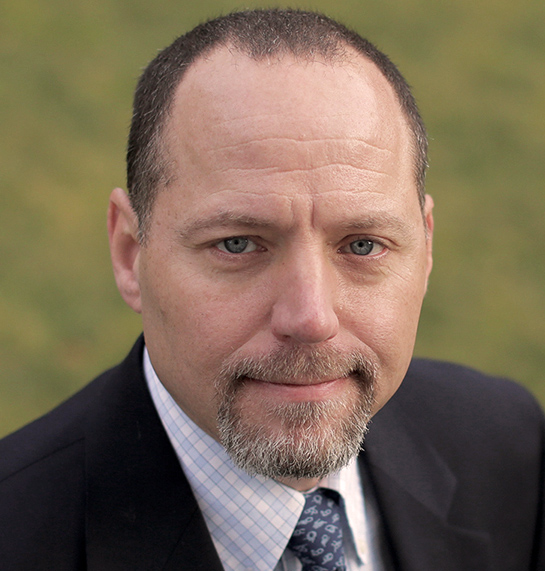Events Calendar

Short Bio:
Dr. Munn received his PhD in Chemical Engineering from Rice University in 1993. He is currently Associate Professor, Director of the Bioengineering, Microscopy and Computing Core, and Deputy Director of the Steele Lab for Tumor Biology at MGH. Dr. Munn has been studying vascular biology in the context of tumor physiology for the past 25 years, with a focus on vessel microanatomy and biomechanics. Dr. Munn has mentored more than 30 postdoctoral fellows and graduate students who have gone on to establish their own successful research careers in academia or become leaders in industry. The overall goal of Dr. Munn’s research is to understand how cells organize within tissues, and how the resulting structures respond to biochemical and mechanical signals. He uses a combination of in vivo techniques, mathematical modeling and engineered tissues to investigate these questions and determine how cells cooperate to form and maintain tissues. Using these approaches Dr. Munn’s group has identified and characterized the role of mechanobiology in tumor invasion, lymphatic drainage and neovascularization.
The recording can be found here.
